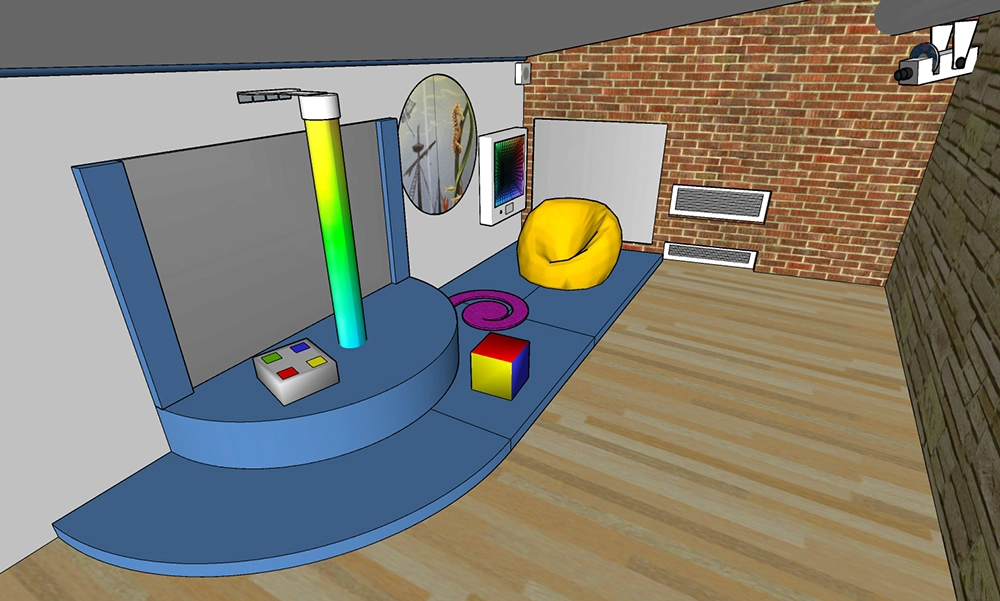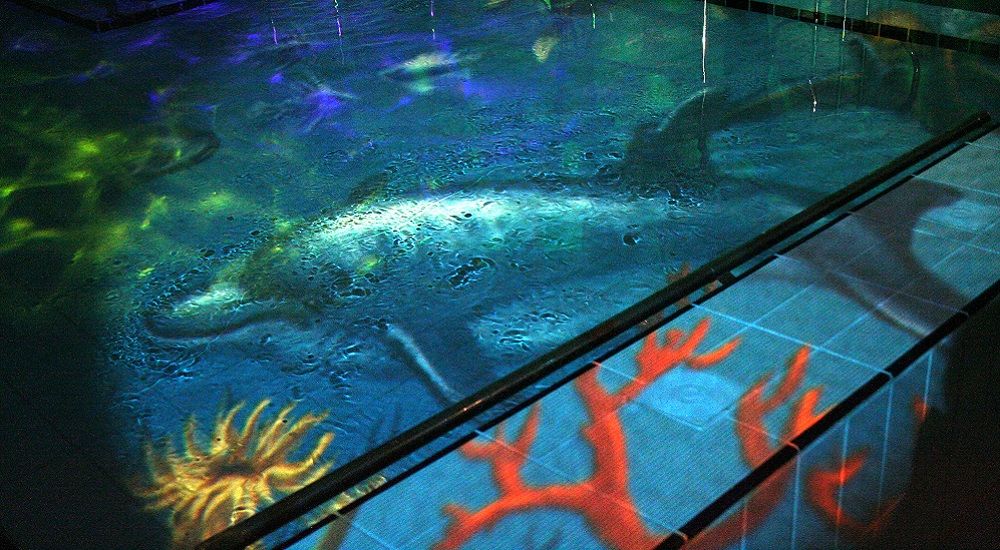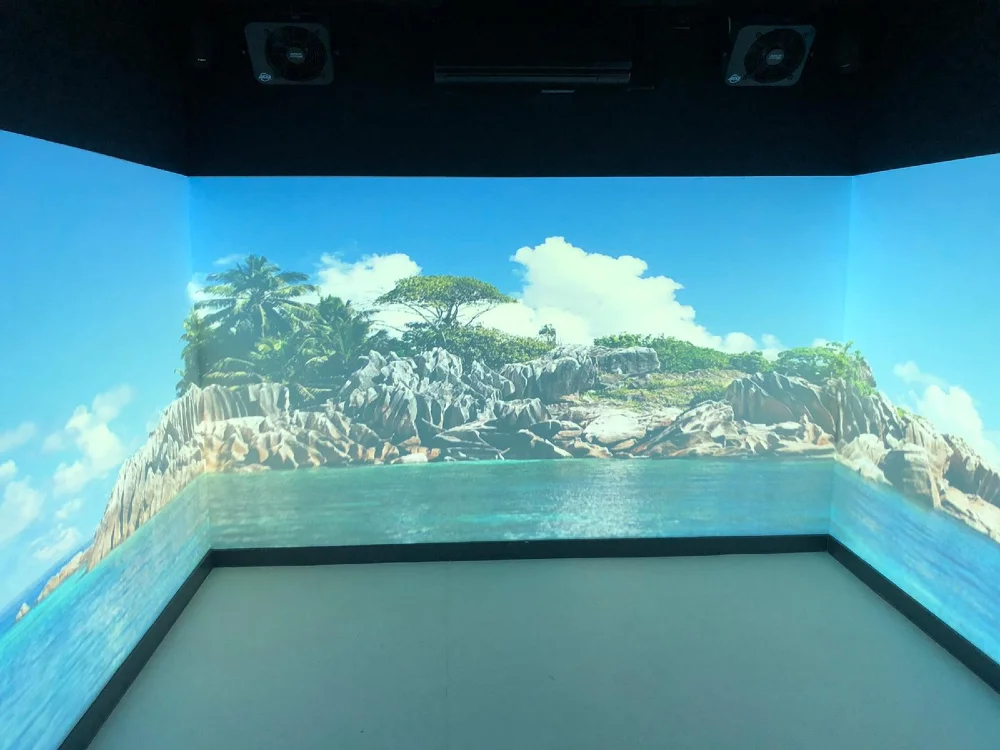Sensory Overload is common amongst individuals with various conditions and additional needs, from Autism and ADHD to Anxiety and PTSD. For those with sensory processing difficulties, environments such as public spaces can be hosts to many elements that can increase these difficulties and lead to a sensory overload.
Providing safe spaces for individuals who are struggling within public environments is an important part of becoming a more inclusive and supportive society. This week’s blog post will delve into how sensory spaces within public places can become an enjoyable experience for all.
Sensory Challenges in Public Places
When we are in our own personal space, we all have a degree of control over the elements surrounding us. This can quickly become a safe space for individuals prone to Sensory Overload as the sensory elements that make up the environment can be both set and challenged at a comfortable level. However, once we leave that safe space and venture out into unfamiliar places, for these individuals it becomes a lot more difficult to handle.
But what are the particular sensory challenges within public places? This can vary for each individual depending on their specific sensory needs, however let’s break it down into 3 of the 5 main senses: Sight, Touch and Sound.
Sight
Lighting – bright lights, flashing lights or fluorescent lights.
Movements – big crowds of people, fast paced movements.
Layout – cluttered areas, closed in spaces or open spaces.
Colours – different colours can trigger different emotions depending on how specific individuals. E.g. Red, Yellow and White are advised as colours to avoid due to potential triggers of over-stimulation, anxiety, and high tension.
Touch
Animate objects – such as physical touch with people
In-animate objects – such as buildings, clothing, or natural elements.
Sound
Various types of noises at different volumes – such as busy roads, people talking / shouting, music, construction works, or alarms.
Examples of Public Sensory Spaces
As sensory challenges can vary depending on each individual’s sensory needs, it is important to create an inclusive environment that can cater to individuals with all types of needs. Here are some examples of different public sensory spaces and how they are of benefit.
Sensory Interior Design for Libraries
Although Libraries are generally a quieter space for users to read, learn and interact with others – they can still pose sensory challenges. For example, large amounts of people or over-sensitive lighting. Providing additional spaces within libraries is a great way for users to still enjoy the fun, learning environment that libraries provide but in a relaxing and stimulating way.
Sensory Design for Football Clubs
Football Stadiums are notorious for the loud noises of hundreds of fans cheering (or booing) within the large arena space. For football fans with sensory processing difficulties or other additional needs, having a space separated from this whilst still being able to watch the game is a huge benefit and allows them to still participate in activities they enjoy within a comfortable and relaxing environment.
In 2017, Sensory Technology had the pleasure of designing and installing a Sensory Room at Emirates Stadium – home of Arsenal FC. Not only was the room a separate, quieter space – it also included a range of interactive sensory equipment for users to enjoy and a tactile activity panel overlooking the pitch.
Sensory Spaces in Hospitals / General Practices
Although Hospitals and Health Practices in general are places that provide help and support, they can also incite feelings of stress, anxiety and other heightened emotions. Dedicating a sensory space within these environments for users to escape from these feelings and maintain a calmer state is important. This will then enable users to be more open to receiving any help / support they need or allow an interactive / stimulating way to enjoy their visit.
Designing Sensory Community / Leisure Centres
Community Spaces can vary with the types of services and activities available for people to enjoy. For individuals with sensory processing difficulties and other additional needs, these environments can pose various challenges. As Community Spaces are open for everyone, it’s hard to determine elements such as busy times with lots of people or loud noises. Offering a Sensory Space means that users can access and be included in the many great experiences that community spaces offer, in a way that is comfortable, safe and enjoyable.
Key Benefits of Sensory Environment Design
Now that we’ve explored different types of sensory challenges within public spaces and how sensory spaces can be incorporated into these environments, lets do a round-up of the top 5 benefits that are gained from sensory spaces in public places.
- Promotes and encourages inclusivity amongst people of all abilities.
- Brings people together, allowing everyone to socialise, interact and enjoy spaces with each other.
- Provides access to a safe, calm environment when individuals are out in public and in distress.
- Allows users to challenge their sensory processing within different environments, at their own pace.
- Creates further access to learning and development outside of school or home.
Overall, public places are environments that should be accessible and inclusive for people of all abilities. Although there have been many developments in the inclusion of dedicated spaces or areas within public places, we still have a long way to go in ensuring that everyone has positive and memorable experiences that they deserve.
If you’d like to find out more about Public Sensory Room Installations – the team are happy to help.




